Kaki
Diospyros kaki, commonly known as Kaki or Japanese Persimmon, is a deciduous fruit tree native to East Asia. It is renowned for its sweet, flavorful fruit and attractive fall foliage. The tree produces large, round, orange to reddish-brown fruit that can be eaten fresh, dried, or used in cooking. Kaki trees have a broad, rounded canopy with glossy green leaves that turn vibrant shades of red, orange, or yellow in the fall. They are valued both for their delicious fruit and their ornamental beauty.
- Botanical Name: Diospyros kaki
- Common Name: Kaki, Japanese Persimmon
- Mature Height: 15-25 feet (3-7 meters)
- Mature Spread: 15-20 feet (3-6 meters)
- Growth Rate: Moderate
- Light Requirements: Full sun to partial shade
- Soil Requirements: Well-draining soil; prefers loamy or sandy soils but tolerates a range of soil types
- Water Needs: Moderate; prefers regular watering but is somewhat drought-tolerant once established
- Foliage: Deciduous, with glossy green leaves that turn vibrant red, orange, or yellow in the fall
- Flowers: Small, inconspicuous, greenish or white flowers in spring
- Fruit: Large, round, orange to reddish-brown fruit, ripening in late fall
Uses:
- Edible Fruit: The sweet, flavorful fruit can be eaten fresh, dried, or used in cooking and baking. It is popular in desserts, salads, and preserves.
- Ornamental Value: Provides attractive foliage and fruit, adding beauty to gardens and landscapes throughout the year.
- Landscape Design: Can be used as a specimen tree or incorporated into fruit orchards and mixed plantings.
Benefits:
- Nutritional Value: Kaki fruit is rich in vitamins A and C, fiber, and antioxidants, contributing to a healthy diet.
- Ornamental Appeal: Offers vibrant fall foliage and decorative fruit, enhancing garden aesthetics.
- Low Maintenance: Requires relatively simple care, with moderate watering, occasional pruning, and minimal pest control.
- Drought Tolerance: Once established, the tree is somewhat drought-tolerant, making it suitable for various climates.
Diospyros kaki (Kaki or Japanese Persimmon) is a versatile and attractive fruit tree that provides both culinary and ornamental benefits. Its delicious fruit, vibrant fall colors, and relatively low maintenance needs make it a valuable addition to gardens and landscapes.
Debes acceder para publicar una valoración.
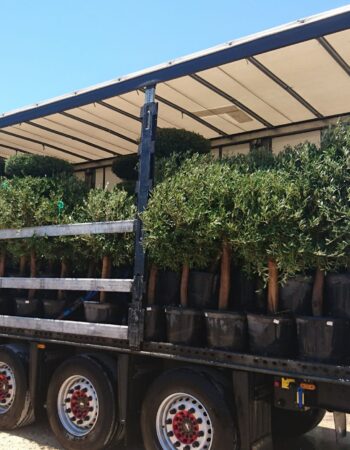
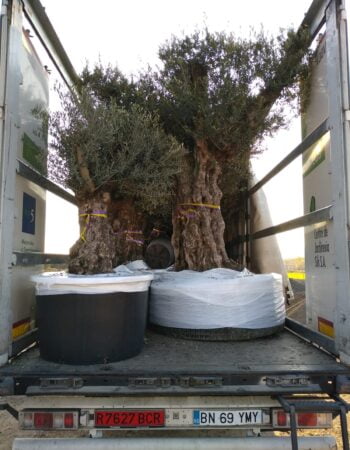
CAREFUL TREE TRANSPORTATION
At Treezom, we take great care in transporting your trees to ensure they arrive in perfect condition. Our expert team uses various methods, depending on the size and volume of the order, to provide safe and efficient delivery. Whether you're ordering a single tree or a bulk order, we guarantee high standards of handling and care throughout the process.
MULTIPLE SHIPPING METHODS
- Truck Delivery: Ideal for local or regional deliveries, ensuring a smooth and timely shipment of your trees directly to your location.
- Sea Containers (20’ or 40’): Perfect for larger orders or international shipping. Our sea containers are equipped to handle bulk shipments with optimal protection.
- Other Customized Solutions: Depending on the size and nature of your order, we can offer tailored shipping methods to meet your specific needs.
No matter the shipping method, we use specialized packaging and handling procedures to protect the trees during transit, ensuring they arrive healthy and ready for planting.
Below, you’ll find key tips tailored to this species’ requirements. Whether you’re new to plant care or have plenty of experience, these guidelines are here to support you in keeping your green companion healthy and vibrant.
- Planting:
- Choose a location with full sun to partial shade and well-draining soil.
- Dig a hole twice the width of the root ball and equal in depth.
- Place the plant in the hole, backfill with soil, and water thoroughly.
- Ensure adequate spacing from other trees and structures to allow for the tree's mature size.
- Watering:
- Water regularly during the growing season to keep the soil consistently moist.
- Allow the top inch of soil to dry out between waterings.
- Once established, Kaki trees are somewhat drought-tolerant but will benefit from regular watering during dry periods.
- Pruning:
- Prune in late winter or early spring before new growth begins to maintain shape and remove any dead or damaged wood.
- Thin out crowded areas to improve air circulation and light penetration.
- Remove any suckers or water sprouts to direct energy into fruit production.
- Fertilizing:
- Fertilize with a balanced, slow-release fertilizer in early spring to support healthy growth and fruit development.
- Avoid excessive fertilization, which can lead to excessive foliage growth at the expense of fruit production.
- Reduce fertilization in the winter months or during periods of dormancy.
- Pest and Disease Control:
- Kaki trees can occasionally suffer from pests such as aphids, scale insects, and spider mites; treat with insecticidal soap or horticultural oil if necessary.
- Monitor for fungal diseases like leaf spot and fruit rot; ensure good air circulation and avoid waterlogged soil.
- Regularly inspect the tree for signs of pests or disease and address issues promptly.
*This information is provided for informational purposes only. For more detailed care, please consult a professional Gardener or Arborist.


 SINGLE TREE
SINGLE TREE OUTDOOR POTS
OUTDOOR POTS











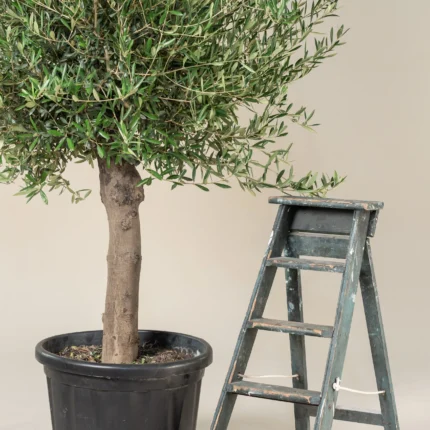

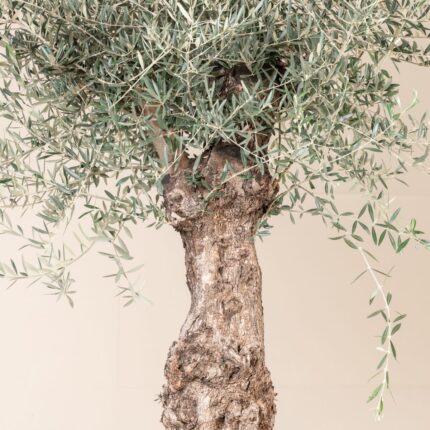
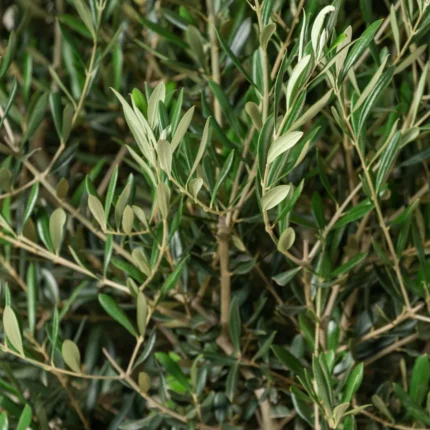






 Single Tree
Single Tree
Valoraciones
No hay valoraciones aún.